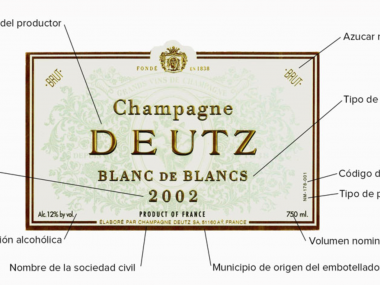In the week of International Champagne Day, here are 10 things you need to know about Champagne.
1. The French term Champagne has three very different meanings
Firstly, it refers to the Champagne region segmented into four departments, with a distance of 320 kilometres from north to south and 150 kilometres from east to west.
Secondly, it refers to the appellation d’origine contrôlée Champagne, which certifies the appellation of origin of the Champagne wines produced in the department itself. And finally, Champagne is a type of wine.
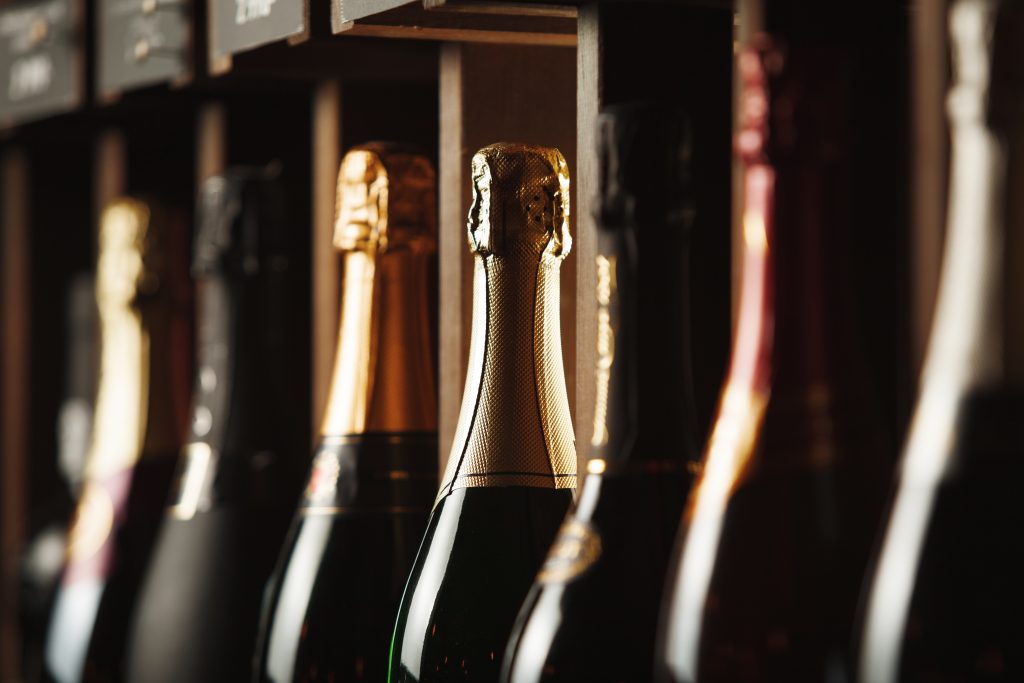
2. Champagne is not the same as Cava
Champagne is a type of sparkling wine different from Cava, Crémant, Sekt and Prosecco, among others, which is distinguished both by the method used for its production and by the designation of origin to which it belongs.
3. Champagne is produced by the méthode champenoise
How is Champagne wine made? The méthode champenoise, also known as the traditional method, is used to obtain Champagne wine.
After alcoholic fermentation in stainless steel or wooden vats, the wine is fermented a second time in the bottle, whereby it acquires certain aromatic advantages.
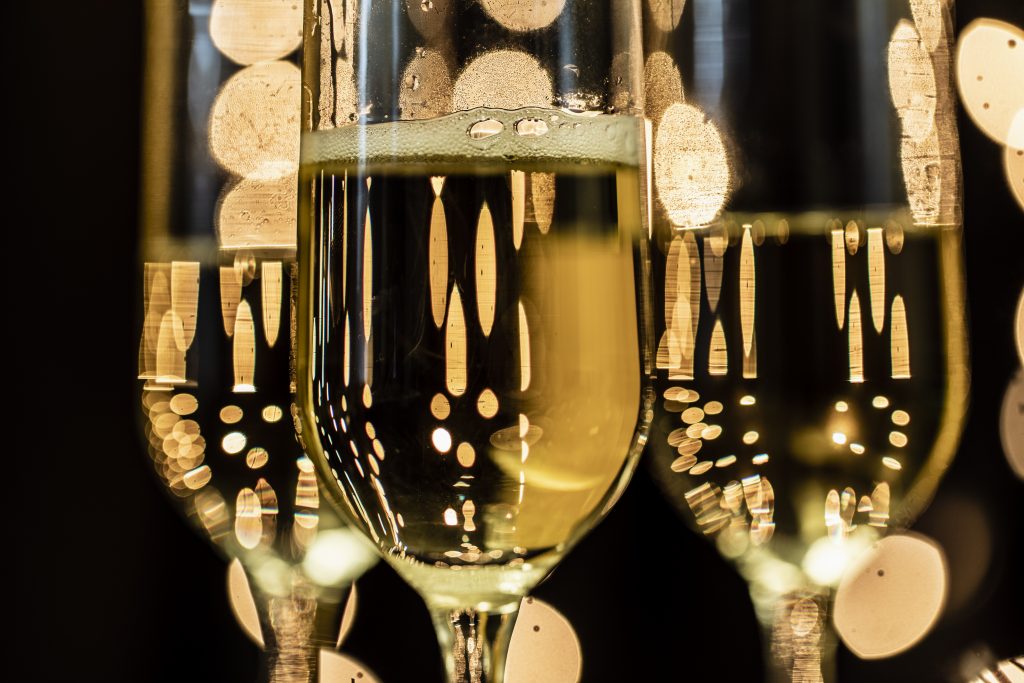
4. Harvesting in Champagne must be entirely manual
The C.I.V.C. (Comité Interprofessionnel du Vin de Champagne) determines the starting date of the grape harvest, establishing two different harvest dates. One for the Pinot grapes and the other for Chardonnay.
Normally, it takes 100 days after the end of flowering for the grapes to start to be harvested, so the grapes are usually harvested in mid-September. Champagne is the only region in France where mechanical harvesting is forbidden, so the grapes are harvested entirely by hand. Also, very sunny and rainy days are avoided during the harvest.
Each maison will decide when to harvest according to the sugar and acidity content of the must, knowing that the grapes must have enough sugar to produce between 10 and 11 degrees alcohol and enough acidity to obtain a balanced sparkling wine.
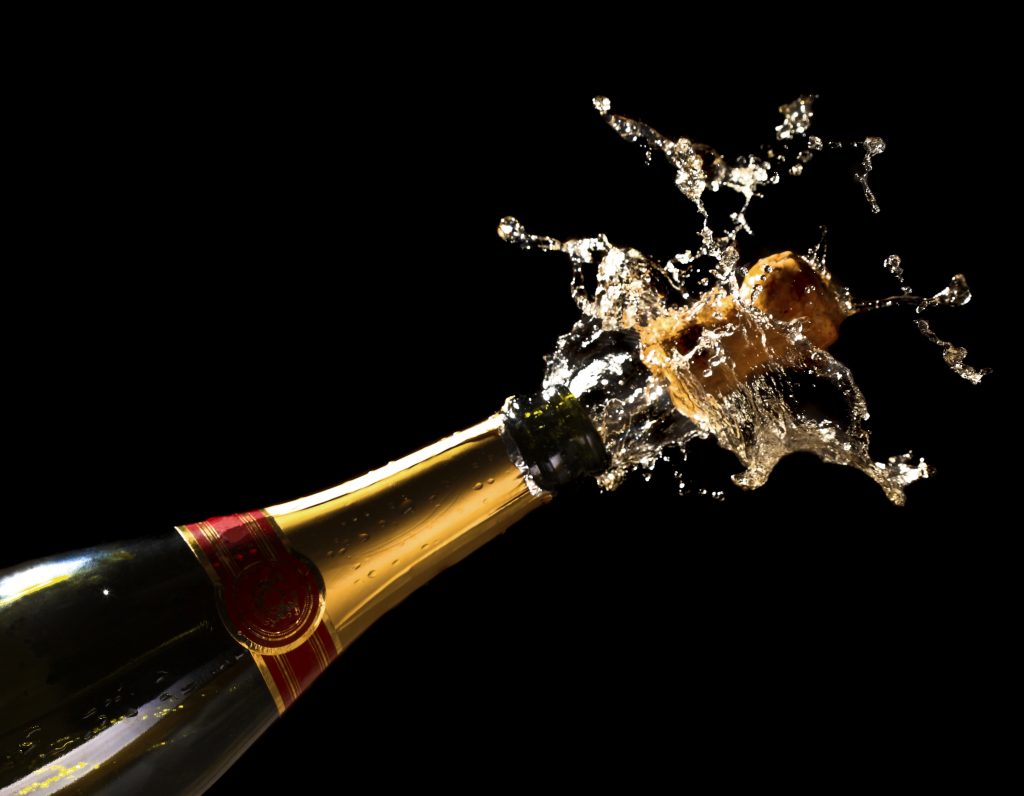
5. Alcoholic fermentation in Champagne can be carried out in several ways
Once the suspended matter has been removed, the must is transferred to another tank where alcoholic fermentation takes place. Fermentation can take place by adding selected yeasts of the saccharomyces ellipsoideus genus, which are resistant to fermentation at low temperatures and high pressures in the bottle, or by the action of indigenous yeasts adhering to the grape prune, although this is not advisable unless it is a special Cuvée from a specific vineyard where the behaviour of the indigenous yeasts is known.
During the first fermentation, the yeasts acclimatise in the must, which is rich in proteins, vitamins and minerals, and fermentation begins, in which the yeasts transform the must into wine and release carbon dioxide.
The temperature during fermentation ranges between 18°C and 20°C and the fermentation time fluctuates between two weeks and two months. The slower the fermentation process, the fruitier and higher quality the wine will be. Once the first fermentation has finished, the wine will have aromas of green apple, peach, banana, almond, hazelnut, etc.
It is at this point that the oenologist will decide whether the wine should undergo malolactic fermentation, whereby the acidity of the wine will be softer as the malic acid is transformed into lactic acid.
The great Champagne maisons such as Krug, Salon and Selosse choose not to malolactic their champagnes and they become more acidic and sharper in their youth and age better with time.
As for the alcoholic fermentation, in Champagne there are different containers to ferment the wine: in stainless steel tanks; in rare cases in fibreglass tanks; and in old wooden vats of different sizes ranging from 225 litres to 1000 litre barrels as the prestigious maisons Bollinger or Krug usually do.
What does wood add to Champagne? The wine is more concentrated, longer and deeper. It has been scientifically proven that the base wine has more glycerol, which gives the wine richer and more oily sensations, while oxidation is more present. Aromas of toasted bread, roasted coffee, smoke and hazelnuts are typical of Champagne wines aged in old oak.

6. The assemblage in Champagne is the moment when each winery imposes its style
It is one of the most transcendental moments when the cellar master imposes his style and the character of the cellar for his Champagne. It is a difficult and painstakingly concentrated job, as large maisons such as Moët & Chandon have hundreds of vats containing wines from 150 different communes.
During this process, the wineries have reserve wines from other vintages to use for their secret blends. Nevertheless, blending is a stage that will define the future champagne and the cellar master must take many factors into consideration
Will the wine develop elegantly if the Pinot and Chardonnay are not at different stages of development? Should I try to keep the style of the winery or follow the character of the vintage? What will the wine be like once it is sparkling?
An unbalanced, immature wine can bring freshness to a blend that is heavy, while a neutral, pale wine can bridge the gap between the soft and heavy wines of a Cuvée. Finally, some wines from certain communes are not suitable for blending, even if they are individually great Champagne wines.
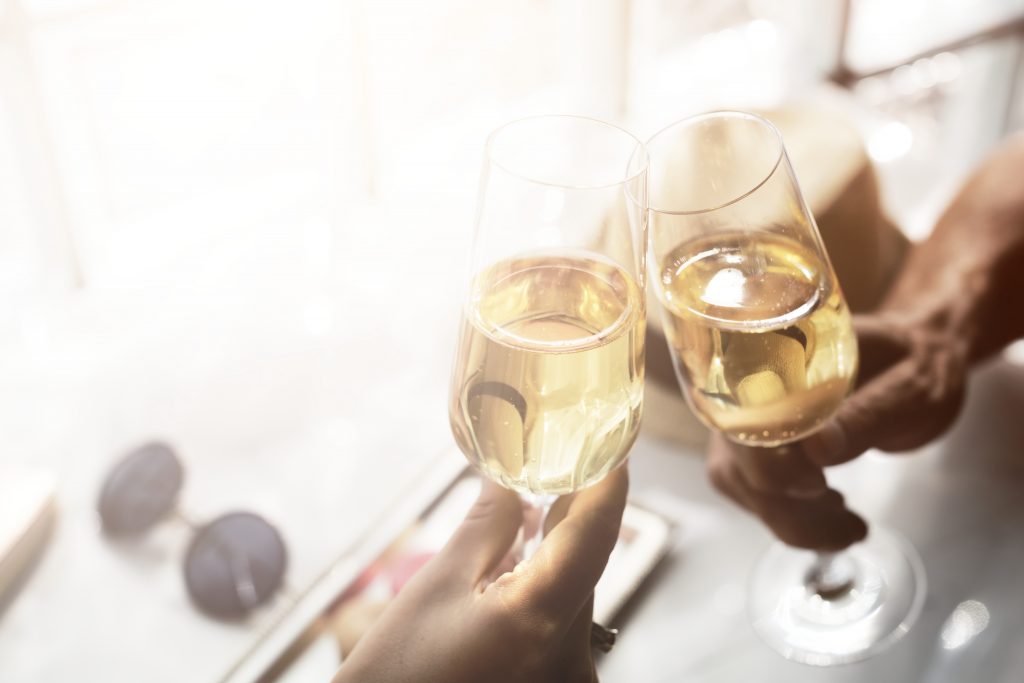
7. The formation of foam in Champagne is caused by the action of carbon dioxide
Once the cellar master determines the blend of the base wines, they are blended in large tanks before bottling. At this point, sugar and yeast, known as liqueur de tirage, are added to the tank.
Normally the ratio is 22 grams of sugar per litre of wine and is increased by 1.2% alcohol. The mixture is then bottled and capped with a natural cork or crown cork.
The bottles rest stacked one on top of the other in a horizontal position in the cellar at a temperature of between 10ºC and 12ºC. The second alcoholic fermentation will last for about two weeks and it is at this time that the formation of foam occurs due to the action of carbon dioxide.
During fermentation, a sediment is formed consisting of the dead yeasts that bring positive effects to the Champagne. This process is known as autolysis in which the bottle will remain for a mandatory minimum of fifteen months for non-vintage wines and three years for vintage champagnes.
After ageing in the bottle, the bottles are placed cork-side down on racks. They are initially placed at a 45° angle and periodically rotated by an eighth of a turn until they gradually reach the final 90°.
This operation is known as remuage and is necessary to allow the sediment (dead yeast) to settle on the cork of the bottle. Nowadays, this operation is carried out with computer control.
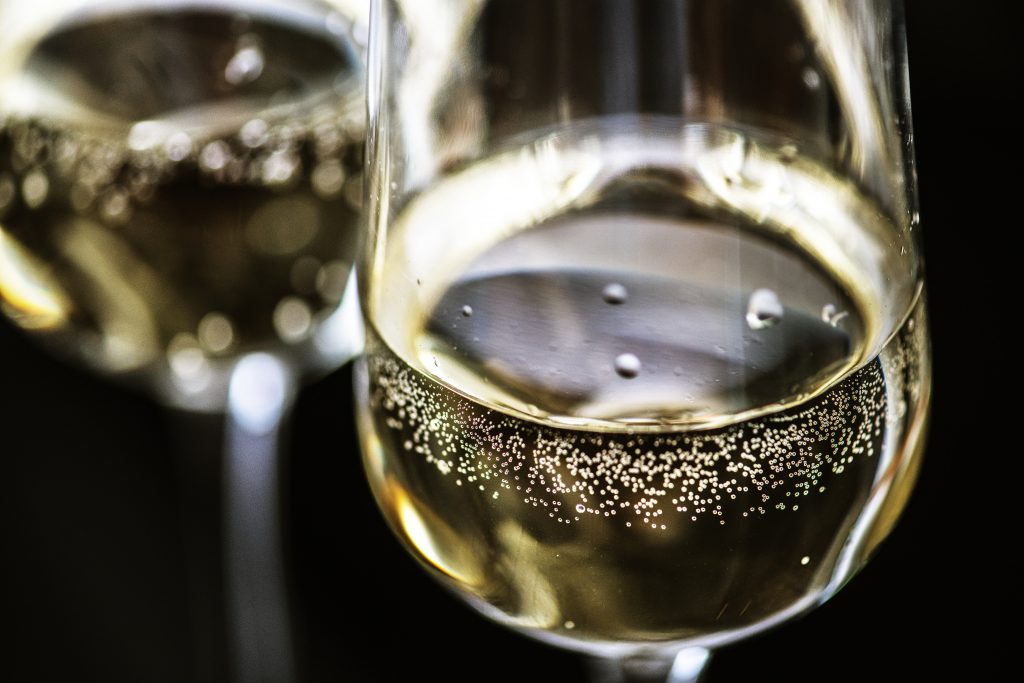
8. The volume of sparkling wine lost during disgorgement is replaced by the addition of base wine and sugar
Disgorgement is the last stage in the production of Champagne. With the help of a machine known as a “Champagel”, which contains a liquid at -28ºC, the neck of the bottle is frozen.
In this way, when the bottle is opened, a cap of dark ice containing the dead yeasts comes out. There are still artisan winemakers who dispense with this machine altogether and do the disgorging hot and by hand.
The volume of sparkling wine lost during disgorging is replaced by adding base wine and sugar.
9. The quantity of sugar or expedition liqueur will determine the type of Champagne obtained
The quantity of sugar or expedition liqueur will determine the type of Champagne to be obtained, and is therefore classified as follows:
- Extra Brut when the sugar content is between 0 and 6 grams per litre.
- Brut when the sugar concentration does not exceed 15 grams per litre.
- Sec when the sugar content is between 17 and 35 grams per litre
- Demi-Sec when the amount of residual sugar varies between 33 and 50 grams per litre
- Doux when the champagne has more than 50 grams per litre and is therefore inevitably sweet.
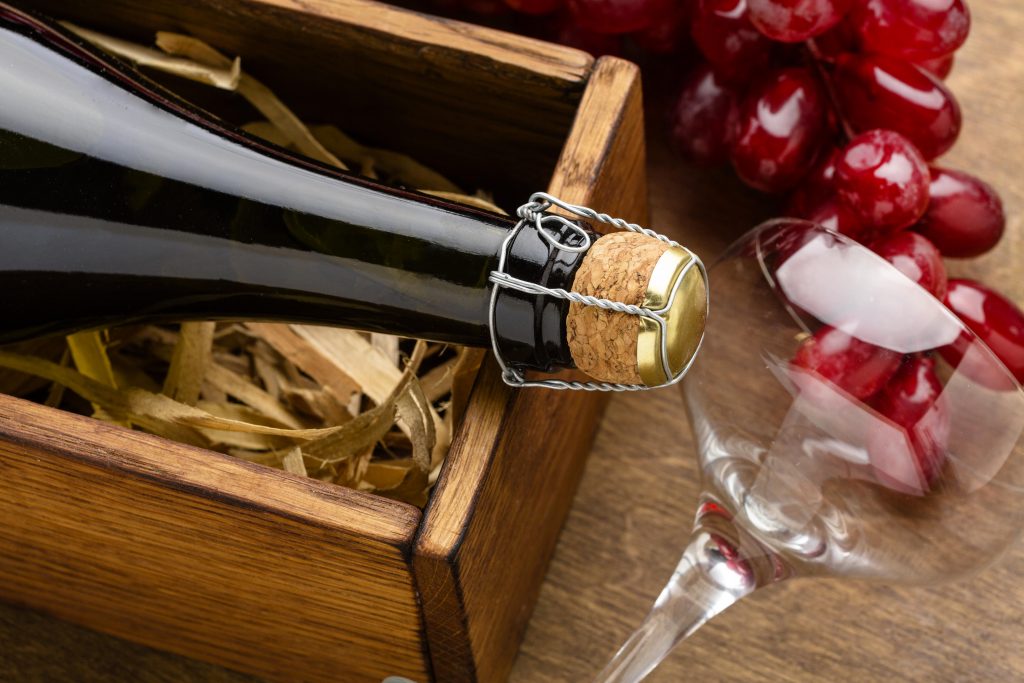
10. There are different styles of Champagne
Blanc de Blancs
Blanc de Blancs are made exclusively from white Chardonnay varieties. In the past, a Blanc de Blancs champagne could contain Chardonnay, Arbane, Petit Meslier and Pinot Blanc.
The most elegant and noble champagnes are found in the Côte de Blancs in the communes of Avize, Cramant and Le Mesnil. Blanc de Blancs wines are acidic, light, pure, mineral and with toasted and buttery perfumes. With time in the bottle they develop toasted, coffee berry and nutty flavours.
Which are the best maisons? Krug, Pierre Peters, Salon, Selosse, Ruinart, Taittinger, Roederer and Billecart-Salmon.
Blanc de Noirs
This type of Champagne is made exclusively with the red varieties Pinot Noir and Pinot Meunier. This type of Champagne is rarer to find than Blanc de Blancs although there are more plantations of the red variety. Obviously we can never compare these wines with the elegance and subtlety of the Blanc de Blancs, but they are amazing with food. The typical aromatic notes of Blanc de Noirs champagnes are a mixture of animal and green notes with a clear aroma of red fruit. With time in bottle, certain perfumes develop, reminiscent of caramel, honey, mushrooms, skin and cheese rind. The Grand Cru communes that produce the best examples of Pinot Noir are Verzy, Verzenay, Bouzy, Ambonnay and Mailly.
Rosé
Rosé is the rosé champagne obtained by two methods: the more traditional method consists of adding between 10% and 20% of red wine to the liqueur de tirage prior to the second fermentation in the bottle. Aromas of strawberries and raspberries are common; and the bleeding method, whereby the Pinot Noir must is left to macerate with the skins prior to alcoholic fermentation, is the more unusual method.


